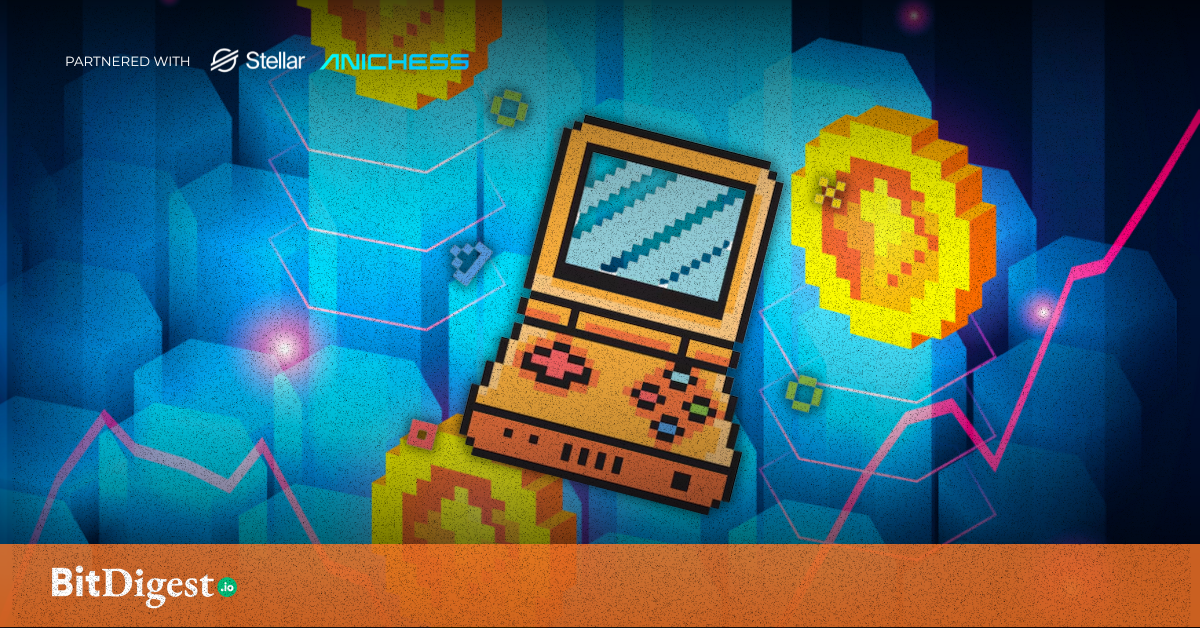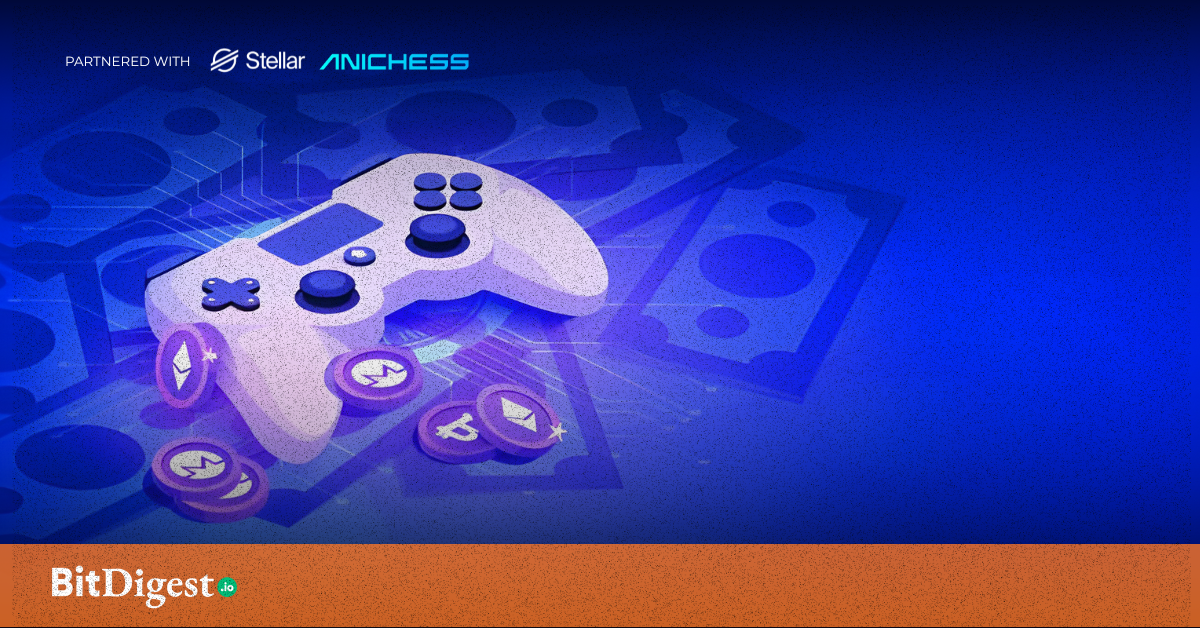Ethereum vs. Solana: Which Blockchain Is The Better Blockchain?
Decentralized applications, governance tokens, memecoins, and many other ecosystems are supported by blockchain networks as their foundations. Blockchains such as Bitcoin, Base, Avalanche, BNB and many more are examples of Layer 1 blockchains that lay the foundation of their respective ecosystems. However, there are two Layer 1 Blockchain contenders that take heavy debate on which blockchain is the best on many metrics.
Solana and Ethereum have always been at a fierce competition between each other. While one boasts for more secure transactions, the other is more proficient at the speed of its transactions. Both blockchains are in the top 5 cryptocurrencies in terms of market cap, with Ethereum at 2nd and Solana at 5th. Despite their respective success in the world of crypto, both camps seem to be at a constant feud at which blockchain is the best in different categories. In this article, a deep dive will be conducted on the different strengths and weaknesses between both blockchains based on the blockchain trilemma.
What is the blockchain trilemma?
The blockchain trilemma is a problem that requires three traits to be present to create a perfect blockchain but due to its impossible feasibility, most blockchains are only to achieve 2 out of 3 without compromising a trait. These traits are decentralization, security, and scalability.
Decentralization: This trait in the blockchain dilemma refers to how independent a blockchain network can be without much interference from the main provider or the mainnet. In Ethereum’s case, different nodes run by different operators from around the globe ensure that transactions are done on Ethereum. Node operators with 32 ETH utilize a proof-of-stake consensus mechanism for all of them to be in agreement to verify transactions.
For Solana’s case, it uses a proof-of-history consensus mechanism where it uses recursive hashing to create a sequence, ensuring the trustworthiness of each block. While both blockchains excel in decentralization, it is important to note that Ethereum has more than 1 million validators with 13,900 nodes running compared to Solana with only 1,500+ validators. This makes Solana less decentralized than Ethereum.
Security: Security is one of the most important traits in building a blockchain because users will need to first trust a technology that is supposed to be trustless.
Solana has had its fair share of security issues like denial-of-service attacks and congestion which causes a crash in their network. To improve stability and security, Solana has implemented the QUIC protocol and stake-weighted Quality of Service (QoS), and introduced a second validator client called Firedancer.
Ethereum’s current state was attributed to a 2016 DAO hack, which resulted in the theft of 3.6 million Ether and led to a hard fork creating Ethereum (ETH) and Ethereum Classic (ETC). Ethereum's shift to proof-of-stake has led them to be one of the most robust blockchain networks in terms of security.

Ethereum boasting a TVL of $52.28 billion while Solana only having a TVL of $2.53 billion means whales, high value users, companies, and even governments can rely on Ethereum for their crypto needs.
Scalability: As blockchains become more and more exposed to the retail market, more and more customers and users will want to be able to use their products and services for their crypto needs. While Ethereum has been strong in its security and decentralization, it has been struggling with scalability which happens to be Solana’s strength.

When Ethereum experiences a high number of transactions, the network experiences a bottleneck, which causes the gas fees to go up to as high as $100+ and slower transactions. On the other hand, Solana has always been favored by people in terms of its gas fees for having an average of 0.00064 SOL, or about 0.11 USD for its gas fees.
Lastly, despite having more validators than Solana, Ethereum can only do up to 10-15 transactions per second while Solana can do a whopping 50,000+ transactions per second. Because of this, Ethereum has to rely on Layer-2 solutions such as Arbitrum and Optimism to supplement its lack in transaction speed. This approach to using Layer-2 platforms has also stirred debate on whether Ethereum remains to be decentralized despite using highly centralized Layer-2s.
Whether you prefer Ethereum or Solana, each blockchain serves their own purpose and target market. Ethereum is able to handle and be trusted with large sized transactions, which large institutions like BlackRock are using while Solana is being used the most by retail consumers due to its cheap gas fees and ease-of-access.
.svg)


.svg) SHARE TO FACEBOOK
SHARE TO FACEBOOK SHARE TO TWITTER/X
SHARE TO TWITTER/X SHARE TO LINKEDIN
SHARE TO LINKEDIN SEND TO MAIL
SEND TO MAIL





.svg)


.svg)